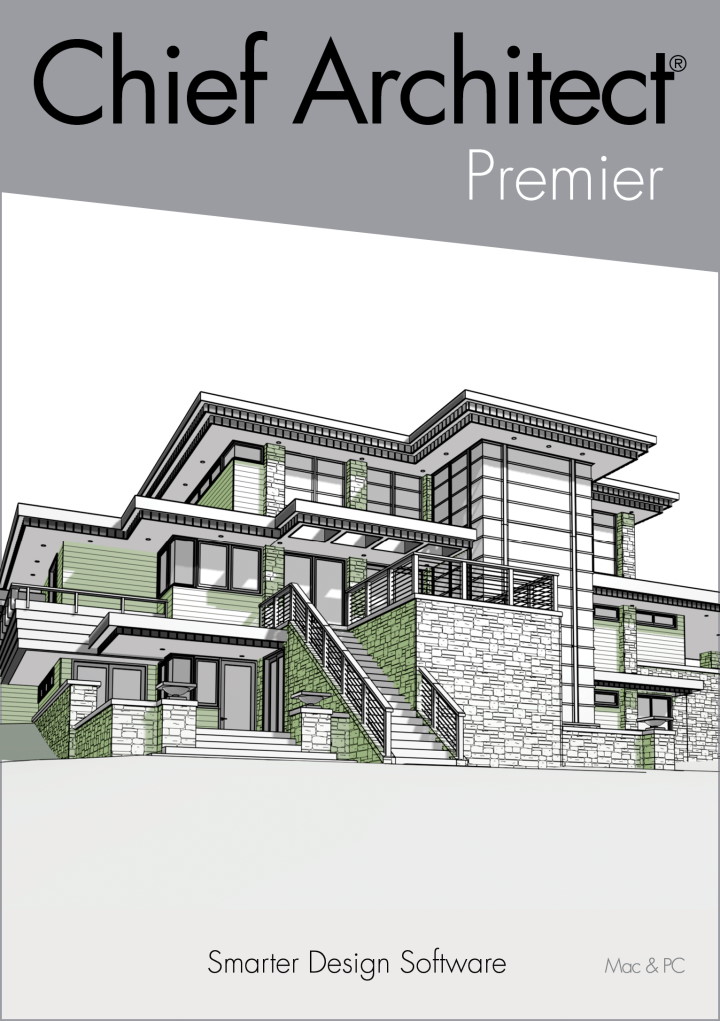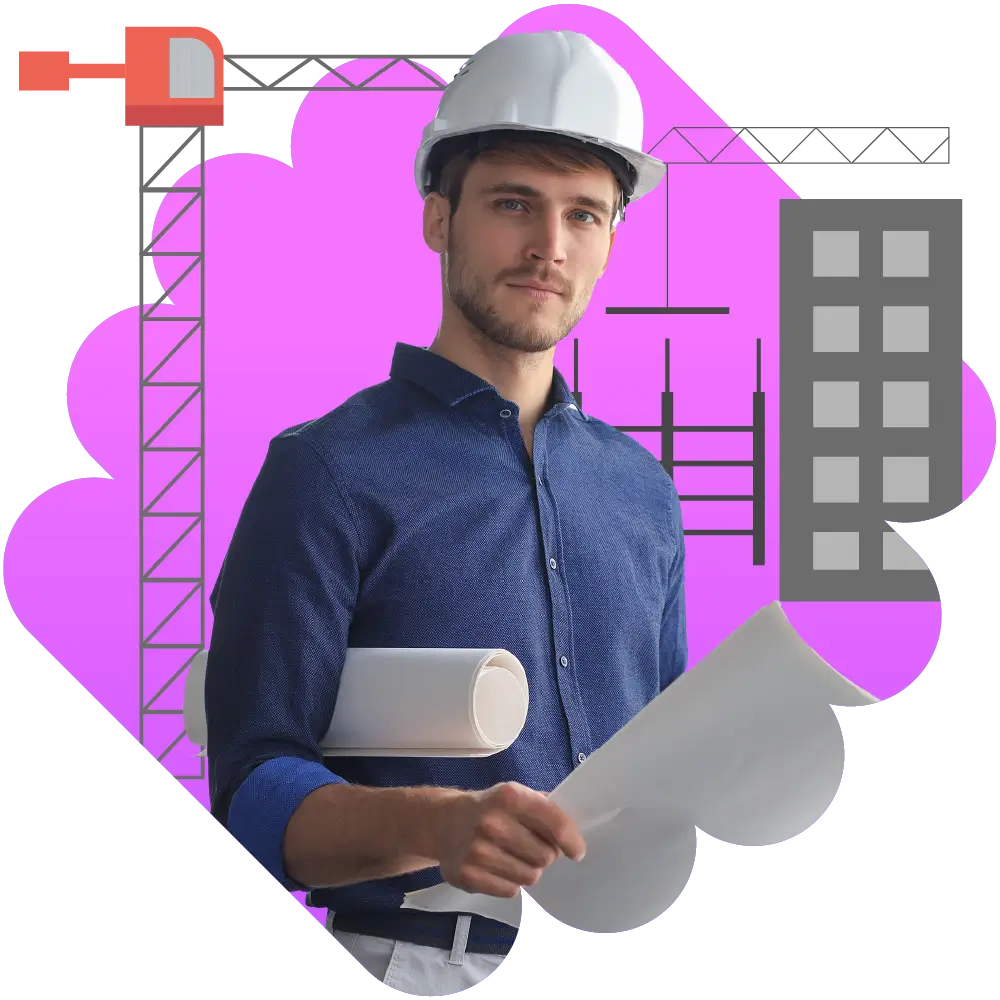Architect Checklist for Upcoming Commercial Projects
Architect Checklist for Upcoming Commercial Projects
Blog Article
Understanding the Diverse Job Paths Available for Aspiring Architect
As a hopeful Architect, you have a world of occupation paths waiting for you. Whether you're attracted to traditional style or the nuances of sustainable style, there's a specific niche that straightens with your rate of interests.
Typical Style: Designing Structures and Frameworks
Conventional design focuses on creating structures and structures that mix functionality with visual appeal. Your layouts can mirror cultural heritage, showcasing neighborhood customs while satisfying modern-day needs.
You'll create skills in preparing, model-making, and website evaluation, allowing you to envision and connect your concepts successfully. Involving with clients, you'll need to recognize their vision and equate it into feasible layouts.
Moreover, building codes and sustainability practices are crucial in your job, guaranteeing your structures are ecologically friendly and safe. As you grow in your job, you'll find chances in property, business, or perhaps remediation jobs, each offering special obstacles. Accepting typical style paves the way for a meeting job that pays homage to the past while forming the future.
Urban Planning: Forming Areas and Public Spaces
As an ambitious Architect, you can play an important function as an urban coordinator, changing how areas work and communicate. By utilizing area engagement techniques, you'll assure that citizens have a voice in forming their environment. Plus, integrating sustainable layout concepts will certainly aid develop rooms that not just fulfill today's demands however additionally protect the future.
Duty of Urban Planners
While several may assume of engineers as the single dreamers behind buildings, metropolitan coordinators play a vital function in shaping the more comprehensive landscape of communities and public areas. They assess land use, zoning regulations, and community requires to develop lasting environments that improve lifestyle. By collaborating with various stakeholders, you'll aid make parks, transportation systems, and suburbs that promote social interaction and availability. Urban planners additionally focus on environmental factors to consider, ensuring that growths integrate environment-friendly spaces and assistance biodiversity. Your expertise in spatial layout and area dynamics permits you to visualize future growth while preserving social heritage. In this critical role, you'll straight affect exactly how individuals experience their environments, making every job a chance for positive change.
Area Engagement Approaches
Effective community involvement approaches are important for urban planners to assure that the voices of locals are heard and valued in the preparation process. To cultivate meaningful dialogue, you ought to prioritize open discussion forums and workshops where area participants can reveal their concepts and problems. Usage studies and social media sites to get to a wider audience, making certain varied point of views are included. Working together with neighborhood organizations can improve trust fund and help with much deeper connections. It is essential to supply clear information concerning proposed projects and decision-making procedures, permitting locals to feel educated and encouraged. By proactively including and listening comments, you'll develop spaces that mirror the area's demands, ultimately bring about even more lasting and successful urban settings. Accept openness and continuous discussion for long lasting effect.
Sustainable Layout Principles
When making urban spaces, including sustainable style concepts is crucial for developing environments that prosper both ecologically and socially. You ought to begin by concentrating on power effectiveness, making use of materials that reduce waste and promote recycling. Think about incorporating eco-friendly spaces, like parks and gardens, to boost biodiversity and improve air quality. Advertising walkability and public transportation can minimize dependence on automobiles, fostering a much healthier neighborhood.
Creating with water preservation in mind is also vital-- think of rainfall yards and permeable surfaces to take care of stormwater. Including area participants during the preparation procedure guarantees that the areas you develop meet their requirements and urge social interaction. By welcoming these concepts, you'll add to vibrant, sustainable metropolitan landscapes that benefit every person.

Landscape Architecture: Creating Sustainable Outside Environments
As you check out landscape architecture, you'll uncover necessary design concepts that create gorgeous and practical outdoor spaces. Sustainable practices play an essential duty in ensuring these atmospheres grow while lessening environmental influence. And also, you'll find a variety of job opportunities that permit you to make an actual difference in how individuals connect with nature.
Design Concepts in Landscape
Recognizing layout concepts in landscape architecture is crucial for producing sustainable outside atmospheres that harmonize with nature. You'll require to consider components like proportion, scale, and equilibrium to ensure your styles really feel natural and inviting. In addition, pay interest to seasonal adjustments, creating with products that match the environments year-round.
Sustainable Practices Review
Sustainable techniques in landscape architecture not just focus on visual appeals however also focus on environmental wellness and resource preservation. You can develop areas that promote dirt wellness, such as exercising and utilizing natural materials permaculture principles. Ultimately, these techniques ensure your designs benefit both people and the setting for years to come.
Occupation Opportunities Exploration
With a strong foundation in lasting techniques, landscape architecture uses a variety of job courses that permit that site you to make a meaningful influence on the atmosphere. You could function as a landscape developer, producing visually pleasing and functional outside rooms, or focus on ecological repair, aiding to revitalize broken communities. Urban organizers commonly collaborate with landscape designers to create eco-friendly spaces in urban setups, enhancing city livability. If you're passionate regarding education and learning, think about ending up being a landscape architecture educator, inspiring future generations. Additionally, you may collaborate with nonprofits focused on environmental sustainability or involve in research to introduce new methods. Each path not only forms attractive atmospheres yet also fosters a much healthier planet for future generations.
Sustainable Layout: Concentrating On Eco-Friendly Practices
As you discover your occupation in design, welcoming green methods can set you apart in an affordable area. Sustainable layout concentrates on producing structures that minimize ecological influence while enhancing passenger well-being. By integrating renewable products, energy-efficient systems, and sustainable structure strategies, you'll contribute to a greener future.
Start by acquiring understanding click this link of eco-friendly accreditations like LEED or BREEAM, which can bolster your credentials. Take into consideration exactly how natural light, ventilation, and thermal performance can maximize design. Collaborate with engineers and environmental consultants to introduce services that reduce waste and save sources.
Do not forget the relevance of area involvement-- appealing regional stakeholders can influence designs that integrate with the atmosphere. As customers progressively focus on sustainability, your know-how in environment-friendly methods will certainly not only draw in projects but also satisfy your interest for responsible architecture. Accept this crucial aspect of the career, and enjoy your job flourish.
Historic Conservation: Shielding and Bring Back Cultural Heritage
While you commence on your building trip, consider the essential function of historic conservation in maintaining our social heritage. This field concentrates on the defense and restoration of significant buildings, websites, and structures that tell the stories of our past. By involving in historic preservation, you'll help protect the building tradition that shapes community identity.
As a historical preservation Architect, you'll evaluate historic importance and assess the problem of structures. You'll function closely with chroniclers and conservationists to guarantee authentic repair strategies are employed. This occupation path permits you to blend creativity with research, enabling you to develop remedies that appreciate original materials and craftsmanship.
Your job not only adds to sustainability by recycling existing structures yet additionally cultivates a feeling of satisfaction within communities. Welcoming this path will help you become a guardian of background, preserving the tales and looks that enhance our lives.
Interior Style: Enhancing Indoor Spaces
Historic conservation and interior architecture both share a dedication to enhancing the constructed environment, but they focus on different aspects. While historic conservation highlights preserving a structure's cultural and historical value, indoor design zeroes in on enhancing indoor rooms for capability and visual appeals.
As a hopeful Architect, you'll find that interior architecture allows you to blend imagination with technical abilities. You'll make rooms that not just look great but also promote comfort and performance. This field involves understanding exactly how light, color, and materials interact within a space, impacting mood and usability.
You'll deal with various jobs, from domestic homes to industrial offices, guaranteeing that each environment fulfills the demands of its occupants. By prioritizing individual experience, you can change interiors into motivating and useful areas, making a considerable effect on exactly how people communicate with their environments. Embrace the opportunity to improve indoor environments and form the method people live and function.
Industrial Style: Merging Capability With Aesthetic Appeals
Commercial style plays a necessary role in developing products that perfectly mix aesthetic appeals with performance, ensuring that what you utilize daily is not only aesthetically appealing but additionally practical. As an ambitious Architect, you might immerse on your visite site own in this area, concentrating on creating every little thing from furniture to consumer electronic devices. Your job includes recognizing customer demands, materials, and making processes, enabling you to produce innovative options that enhance day-to-day experiences.
In industrial layout, you'll usually work together with designers, suppliers, and marketers, making certain that your styles are not just attractive but additionally feasible. You'll learn to balance kind and function, prioritizing use without sacrificing design. By honing your skills in mapping out, 3D modeling, and prototyping, you'll be well-equipped to bring your ideas to life. This profession path offers a dynamic setting where creative thinking meets functionality, making it a satisfying choice for architects interested in forming the items of tomorrow.
Frequently Asked Inquiries
What Educational Certifications Do I Need to End Up Being an Architect?
To end up being a designer, you'll require a professional level in design, typically a Bachelor's or Master's. In addition, you'll need to finish an internship and pass the Architect Enrollment Exam to exercise lawfully.
Exist Accreditation Demands for Different Building Job Paths?
Yes, there're certification demands for numerous building paths. Architect. You'll need to pass exams, full teaching fellowships, and often seek specialized training, depending upon your picked focus, like landscape architecture, urban design, or historical conservation
What Software Application Abilities Are Vital for Architects Today?

How Can I Gain Practical Experience While Studying Architecture?
You can get functional experience by interning at building firms, taking part in layout competitions, volunteering for community jobs, or collaborating with classmates on real-world assignments. These possibilities boost your skills and construct useful links in the market.
What Job Opportunities Exist Outside Typical Architecture Firms?
You can check out numerous job chances outside typical style firms, like urban planning, interior decoration, landscape design, building and construction administration, actual estate advancement, and even duties in sustainability consulting. Each offers one-of-a-kind challenges and benefits.
Whether you're attracted to traditional style or the subtleties of lasting style, there's a particular niche that lines up with your passions.When developing metropolitan rooms, integrating lasting design principles is vital for producing settings that prosper both ecologically and socially.As you explore landscape architecture, you'll find important style concepts that develop gorgeous and practical outside spaces.Comprehending design principles in landscape design is vital for creating sustainable outside settings that integrate with nature.In industrial layout, you'll usually work together with manufacturers, marketing professionals, and engineers, ensuring that your styles are not just lovely but also feasible.
Report this page